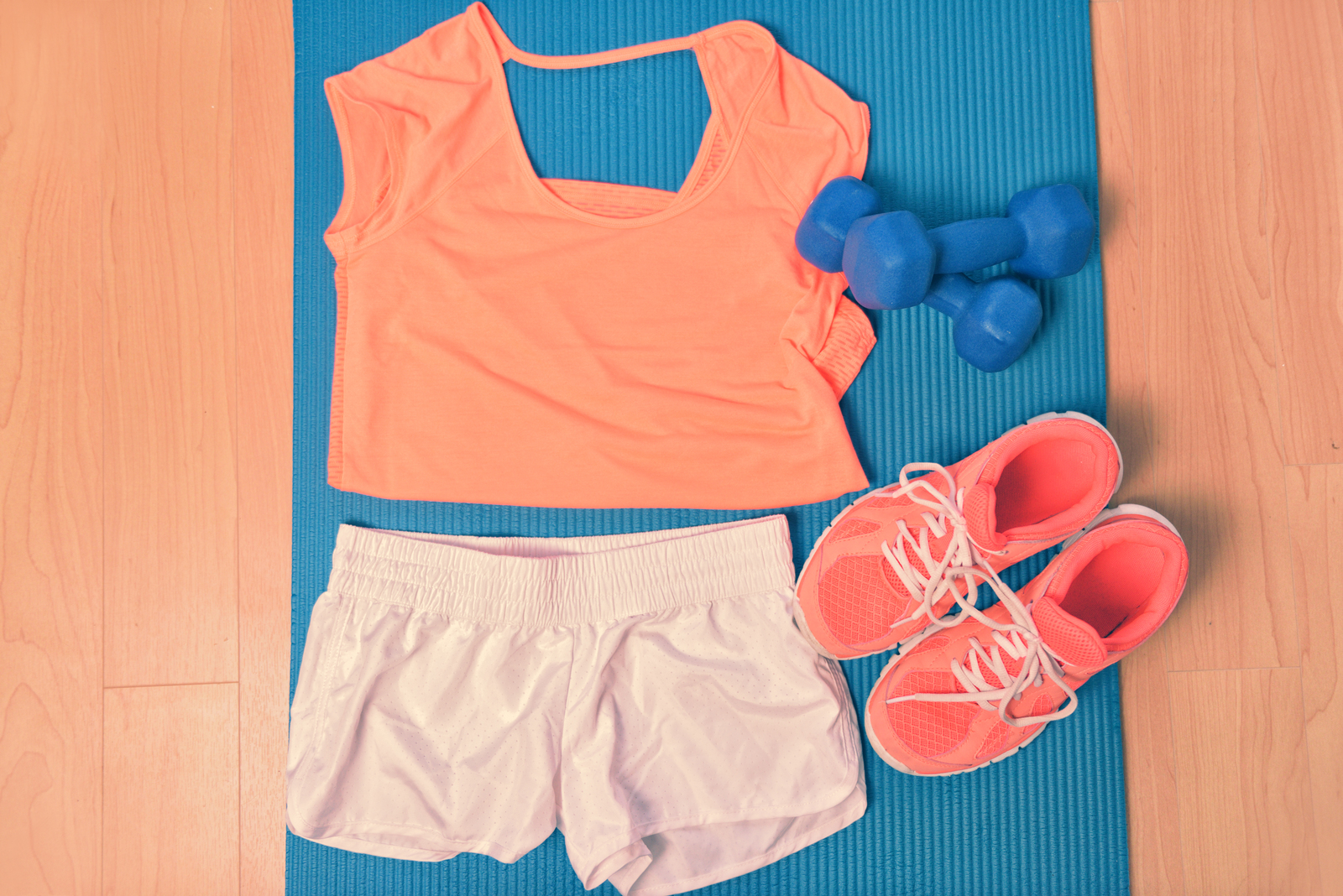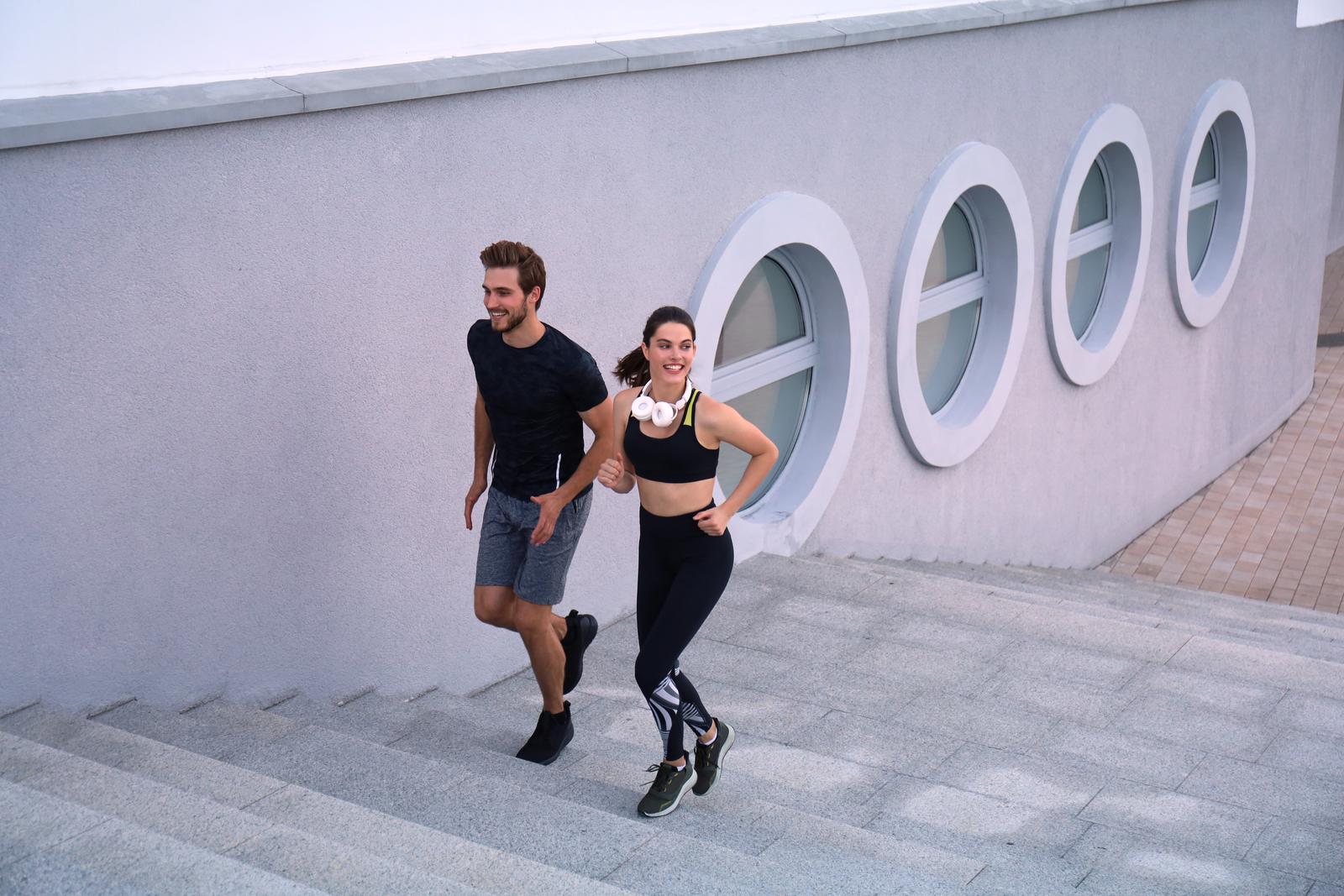
Learn How to Do Strides in Running
Running strides are a powerful tool that can enhance your sprinting form, speed, and overall performance, making them essential for anyone learning how to do strides in running. Whether you’re a seasoned triathlete or a fitness enthusiast, incorporating strides into your training routine can provide significant benefits. This guide will walk you through everything you need to know about running strides, including their definition, benefits, and how to execute them effectively.
What are Strides?
Strides are short accelerations where you exaggerate your form for a set period. Typically lasting around 20 to 30 seconds, strides involve gradually increasing your speed to about 85-95% of your maximum effort and then decelerating. They are designed to improve your mechanics by focusing on aspects like stride length and cadence.
Why Should I Try Strides?
Strides are a valuable addition to any runner’s training regimen. They not only enhance overall performance but also offer a variety of benefits that can help you reach your goals more efficiently. By incorporating strides into your routine, you can experience improvements in speed, form, and endurance.
- Improving Stride Length: By focusing on lengthening your stride, you can cover more ground with each step. This can be particularly beneficial for improving your overall efficiency and speed.
- Maintaining Quick Turnover: Strides help you maintain a high cadence, which is crucial for efficiency. A faster cadence reduces the risk of injury and enables you to move more smoothly.
- Enhancing Form: Regularly practicing strides can refine your posture, arm swing, and overall technique. This improvement can lead to better performance and reduced fatigue over long distances.
How to Do Strides in Running
To effectively incorporate strides into your running routine, follow these steps:
- Warm-Up: Start with a gentle 10-15-minute jog to warm up your muscles and prepare for the strides. This initial phase is crucial to preventing injuries and preparing your body for the more intense activity ahead.
- Choose a Flat Surface: Find a flat, straight area where you can run about 50-100 meters without interruption. This could be a track, a quiet stretch of road, or even a field. The key is to ensure that the surface is even to avoid any potential tripping hazards.
- Start Slow and Build Up Speed: Begin each stride at a comfortable pace and gradually accelerate to about 85-95% of your maximum speed. This gradual increase helps prevent strain and lets you focus on your speed incrementally.
- Focus on Form: Concentrate on maintaining good running form throughout each stride. Keep your posture upright, avoid slouching, and ensure your arms are relaxed and swinging naturally. Your strides should be long and powerful but controlled. Pay special attention to your foot strike and try to land softly on the balls of your feet.
- Cool Down: After completing your strides, jog lightly for 5-10 minutes to cool down. This phase helps your muscles recover and gradually lowers your heart rate back to its resting state. Cooling down is essential to avoid stiffness and aid in muscle repair.
- Consistency: Incorporate strides into your routine 2-3 times a week. You can do them after easy runs or as part of your warm-up for speed workouts. Regularly practicing strides will improve your speed, running economy, and overall performance. Consistency is key to seeing long-term benefits.
By following these steps on how to do strides in running, you can enhance your performance and enjoy the numerous benefits they offer.
How to Run Strides
Strides can significantly enhance your speed and form, making them a crucial component of any runner’s training regimen. These short, controlled bursts of speed help improve your mechanics and prepare your body for more intense workouts. If you want to elevate your performance, understanding how to make strides is essential.
Tips for a Safe and Effective Running Routine
Running is a great way to stay fit and healthy, but preparing properly to avoid injury and get the most out of your workout is important. Here are some steps to help you get started:
- Find a Flat Surface: Choose a flat, smooth surface such as a track or a paved path. Running on uneven terrain can increase the risk of tripping, twisting an ankle, or other injuries. A flat surface ensures that your body maintains proper alignment and reduces the chance of harm.
- Warm-Up: Before diving into your run, perform a light jog for about 10-15 minutes. This gentle activity increases your heart rate and boosts circulation, preparing your muscles for more intense exercise. Warming up helps to prevent muscle strains and improves your overall performance.
- Start Slow: Gradually ease into your stride by beginning with a slow pace. This allows your body to adjust to the physical activity and helps prevent overstressing your muscles and joints. As you feel more comfortable and your body adapts, you can gradually increase your speed to match your desired intensity.
Execution
Executing a proper running drill can significantly improve your speed and efficiency. Here’s a step-by-step guide to help you get there:
- Increase Speed Gradually: Begin by slowly accelerating. Focus on lengthening your stride and gradually picking up the pace. This helps your body adjust to the increased speed without causing unnecessary strain.
- Maintain Posture: As you accelerate, it’s crucial to keep a tall and relaxed posture. Ensure your back is straight, your shoulders are relaxed, and your arms move smoothly. Proper posture enhances your running efficiency and reduces the risk of injury.
- Decelerate: As you approach the end of your run, start to decelerate by gradually shortening your stride. This controlled slowing down helps maintain balance and prevents abrupt stops, which can be hard on your muscles and joints.
Recovery
Ensuring proper recovery is crucial for optimal performance and to prevent injuries. Here are some steps to help you recover effectively after intense exercise:
- Walk Back: Take a leisurely walk back to your starting point. This gentle movement helps your muscles cool down gradually, preventing stiffness and aiding in the removal of metabolic waste from muscle tissues.
- Catch Your Breath: Focus on taking deep, controlled breaths to replenish your oxygen levels and bring your heart rate down. Proper breathing techniques can enhance your recovery by ensuring your body is adequately prepared for the next burst of activity.
Additional Tips and Workouts
For runners looking to improve their speed and efficiency, incorporating strides into your routine can be highly beneficial. Strides are short, fast bursts of running that help enhance your form and prepare your muscles for faster-paced efforts. We will cover some additional tips and workouts, including how to do strides in running.
Quick Hops
Incorporating quick hops into your training routine can significantly boost your athletic performance. Here’s a detailed guide on how to execute them and the benefits they offer:
- How to Do It: Begin by standing on one foot and then bound from one foot to the other continuously for about 30 meters. Ensure that each hop is quick and precise, maintaining a steady rhythm.
- Benefit: This exercise is excellent for improving explosive power and agility. By performing quick hops regularly, you’ll enhance your ability to generate force rapidly, which is crucial in many sports. Additionally, it will improve your balance and coordination, making you more agile and responsive on the field.
Run on Your Toes
Enhancing your technique can significantly boost your speed and performance. One effective method to achieve this is by incorporating toe sprints into your routine.
- How to Do It: Start by sprinting on your toes for 30 meters. Focus on maintaining your balance and keeping your movements controlled. After completing the sprint, take a moment to recover before repeating the exercise. Aim to do several sets for maximum benefit.
- Benefit: Sprinting on your toes actively engages and strengthens your calf muscles. This not only improves your overall foot strength but also enhances your speed and agility, making you a more efficient athlete. By consistently practicing this technique, you’ll notice a marked improvement in your performance.
Conclusion
Strides are a valuable training tool for runners of all levels. Integrating them into your weekly workouts can significantly improve your form, speed, and overall performance. If you’re wondering how to do strides, start by incorporating them once a week. As you become more comfortable with the technique, gradually increase the frequency. Consistency is key to seeing the benefits. Learning how to make strides can be a game-changer for your fitness journey.
Stay Updated!
Our newsletter is perfect for you if you’re passionate about running and want to stay informed with the latest tips, workouts, and training advice. By subscribing, you’ll receive regular updates directly to your inbox, helping you to enhance your skills and stay motivated on your fitness journey. Sign up for our newsletter and take your performance to the next level!




